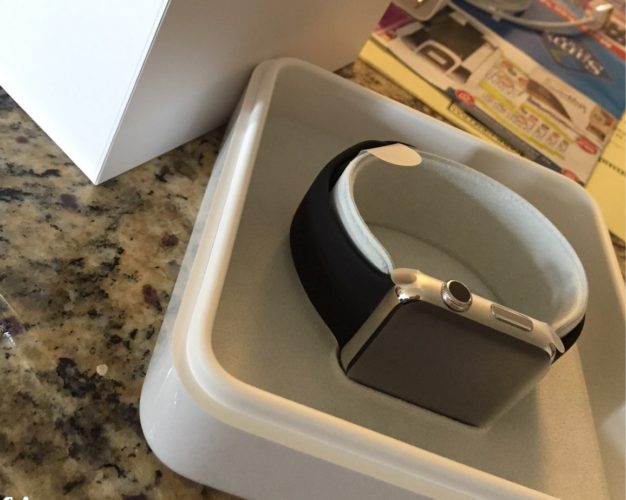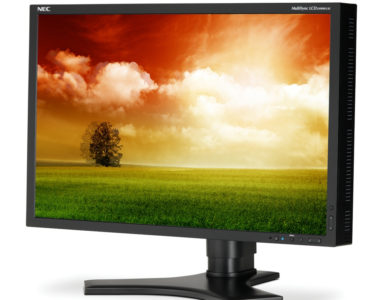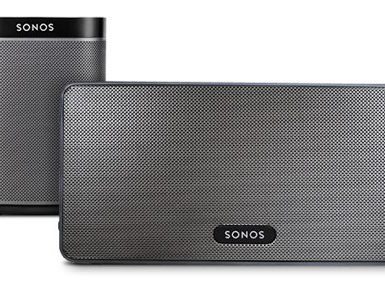I always look forward to travel, but our latest cruise held special appeal because it would be our first vacation with Apple Watches strapped to our wrists. Here’s what we learned along the way:
We love the fitness features. The Apple Watch charts time spent standing, moving, and exercising by displaying circles that gradually close as daily goals are met. We got so caught up in ending each day with closed circles, we found ourselves climbing more stairs, jumping onto treadmills, circling the promenade deck, and taking longer routes. For a sedentary person like me (who normally only moves when someone shouts “Pizza’s ready!”), that’s an exciting change.
The Apple Maps app is a data hog. AT&T’s stingy, expensive international data plan gave each of us 120 MB for the week. We found that using Apple Maps to find and navigate to destinations no more than a mile away used 10 MB of data per trip. Rather than spend that much of my precious data allotment on navigation, I went old-school: planning the route before leaving the hotel, working from memory, and occasionally ending up somewhere in Africa instead of somewhere in Canada.
The Apple Maps app is no Google Maps. When Apple Maps works, being guided by the Apple Watch’s subtle taps on my wrist (to say “Turn left” or “Turn right”) let me be more immersed in my environment (because I could walk around without constantly consulting my iPhone’s screen). But often, Apple Maps took forever to find me, to get oriented, and to track my progress. On a planet where some people can’t get clean water to drink, whining about having to use Google Maps on my $799 iPhone instead of Apple Maps on my $599 Apple Watch is a classic first world problem — but we were a bit disappointed, all the same.
Connectivity is king. About 75% of the Apple Watch’s magic is 100% dependent on the iPhone’s ability to connect to the Internet. If you’re in a situation where the Internet isn’t readily available, the Apple Watch will still prompt you to exercise, track movement, and tell time, but many cool features (weather, navigation, Siri, etc.) simply won’t be available.
Pairing the Watch with the iPhone camera is fun. When the iPhone is in camera mode, you can beam what the camera sees to your Apple Watch. This makes all kinds of things possible, from shooting photos around corners to having a look inside your own mouth to see if biting down on that fragment of oyster shell really did chip a tooth.
There are battery life issues, but not with the Apple Watch. Navigating, notifying, and tracking fitness data all day long takes a lot of power. We were pleasantly surprised to end each day with 50% or more power still available on the Watch … but found our iPhones were tapped out by 7:00 PM or so. This doesn’t happen at home, though, because I’m not shooting 5,457 photos per day at the office the way I do when I’m on the road.
Have you taken a trip with your Apple Watch yet?





I go to Boston next week and there’s several use cases I look forward to testing.
I’m a TripIt Pro subscriber so I’m looking to see how TripIt Pro’s app works. Love the iPhone app.
Delta app is slow but I plan to try using it to board the plane.
I built a workflow in Workflow to automatically summon Uber with predefined locations so that it’s a one button tap to go where I need to go.
PS I love Workflow.
Check out http://www.workflowgallery.co/
Hey, Brian! We used Passbook to show our boarding passes at the gate — worked like a charm!
I need to learn more about Workflow. I downloaded it ages ago, but never really explored it much. I’ll drag it back out and give it a look.